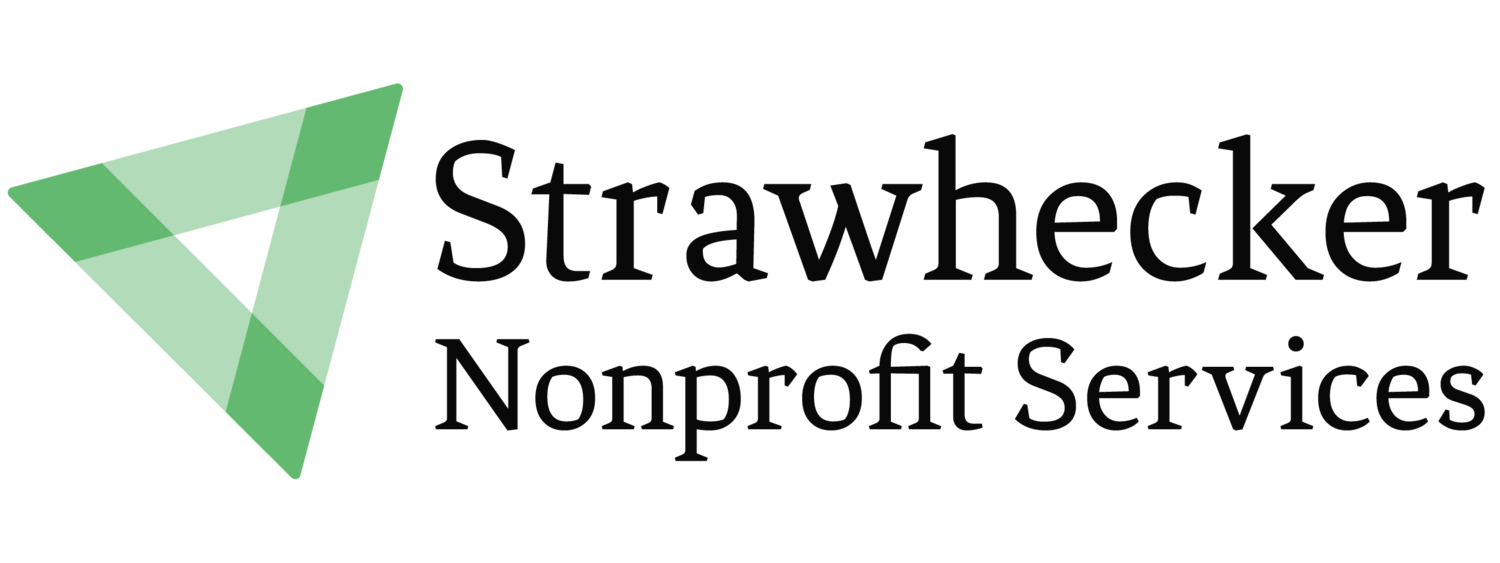Bookkeeping for Non-Profit Organizations
The purpose of your bookkeeping system is to “tell a story” that fairly reflects contributions and expenses. It is important to remember that your accounting records are for the day-to-day management of your financial resources. Your reward for investing the time and effort to record all the financial details [Who, What, When, Where, Why, and How Much] is more informative reporting. Think of the bookkeeping function as a profit center. Remember, it’s the bookkeeper who sees all the activity. Use that knowledge to create opportunities for your organization to manage better, prepare timely financial statements and grant reports. The bookkeeping records of your organization are primarily for the use of the managers to make good decisions. Therefore, all possible cash receipts and expenses should be recorded in the bookkeeping including non-cash transactions in-kind goods and services. To the extent possible all activities that generate revenue should be matched in the same time period [month] with the expenses incurred in that time period. Accrual not Cash basis of accounting is always better.
Non-Profit organizations are quasi-public and will be held to a higher standard of accountability. It is useful to think of your organization as a Trust Bank. People make contributions to you based on your stated not-for-profit purpose. Grantors provide funds restricted to grant agreement or a designated use. As a result, it can be a significant challenge to the bookkeeping staff to accurately track donations to an expense objective.
There are many “readers” who will have an interest in the accounting reports. To name just a few: Management, Treasurer, Finance Committee, Board of Directors, Internal Revenue Service, State Tax Board, State Attorney General, Grant makers, and public “Watch Dog” organizations. Your accounting records must be able to prepare reports to satisfy these different constituencies. Your bookkeeping system must be able to prepare a multitude of Management Reports that look at the data from various points of view. The system also needs to be able to present Financial Reports that meet audit and accounting standards for public presentation including Federal and State Tax authorities. All of these can be accomplished within your existing accounting software with staffing and management cooperation.
EXECUTIVE DIRECTOR or OPERATIONS MANAGER - DAILY PROCEDURE OVERVIEW
Executive Director picks up mail, opens, makes notes and routes
Restrictively endorses checks received in the mail
Signs all the bill payment checks.
Reviews a balance sheet report including a detailed AR and AP aging schedule.
The Executive Director should receive all mail and personally open the mail. This is the first step in creating a level of internal control needed in a small organization. Checks should be separated from correspondence. Checks received in the mail are generally not anticipated or recorded in the accounting records as they would be in a for-profit business. Unless the sender inquiries about a contribution receipt, a misplaced contribution could go undetected. Consider using a PO Box to increase the Internal Control of cash receipts and correspondence. If the ED opens the mail and signs the checks the possibility of fraud is greatly reduced.
Understanding your financial system is easier when you know the history of how bookkeeping came to be adopted by capitalist economies.
Interested in learning more? Register for “Fixing Your Finances” now!

